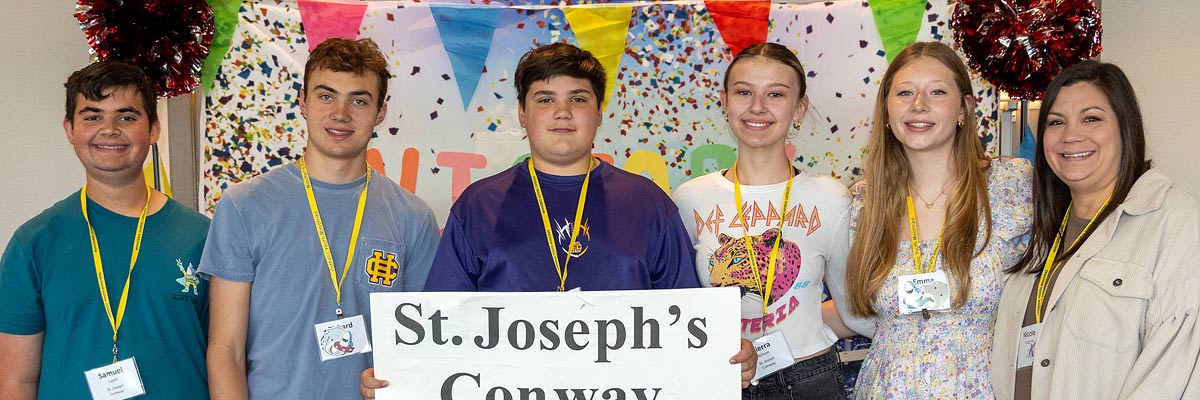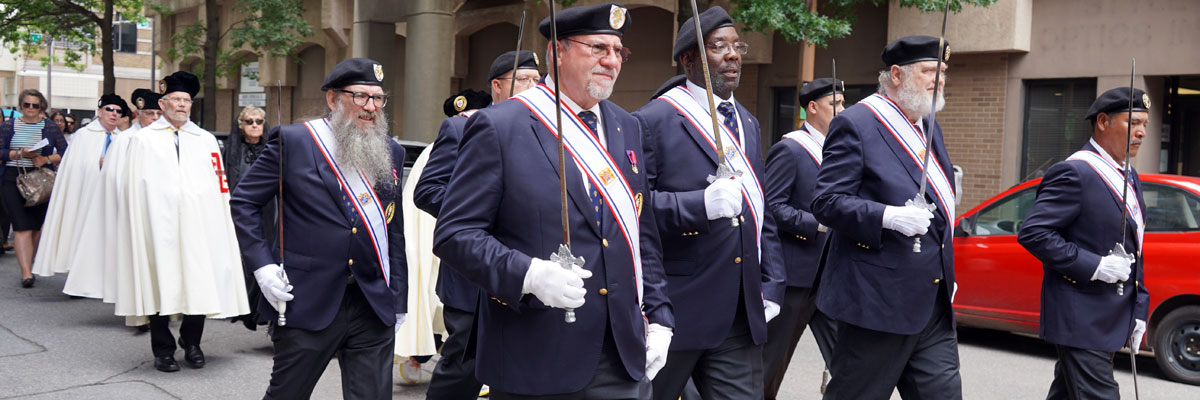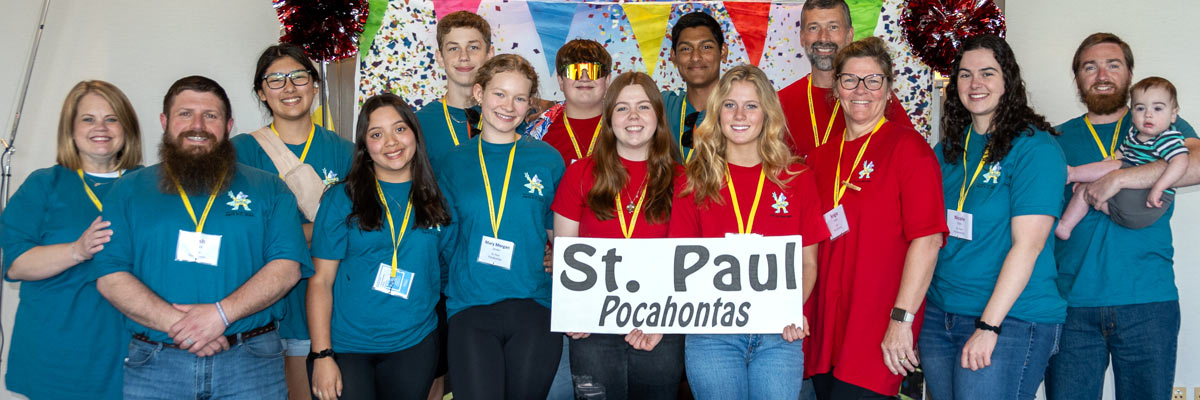Official Website of the
Catholic Diocese of Little Rock
Solemnity of the Assumption of the Blessed Virgin Mary 2017
Published: August 15, 2017
Bishop Anthony B. Taylor preached the following homily at St. Michael Church in West Memphis on Tuesday, Aug. 15, 2017. During this Mass, John Marconi also signed his letter of intent to enter the seminary to discern priesthood.

Bishop Taylor
Today we celebrate the feast of the assumption of Mary into heaven. This is a very beautiful feast, but one that I think many of us have a hard time understanding.
Most Protestants do not believe in the Assumption of Mary and so I sometimes find myself in the difficult positon of trying to explain this beautiful but difficult mystery of our faith — that Mary was raised bodily into heaven when her life on earth was ended.
A few facts should be noted: First of all, nowhere in Scripture is there any mention of the assumption of Mary. The readings we have today tell us something of how great a role Mary played in our salvation and they tell us of our faith in the bodily resurrection of the dead — but nowhere are these two things put together.
What has happened to Mary first will eventually happen also to us. This is the great mystery of the assumption. This is why this feast is a feast of such great importance for us: We too will be raised from the dead one day, our bodies will rise from the decay of death and we will draw close to God in heaven, sharing in his glory.
Nowhere do we find a reference to Mary’s bodily resurrection in the Bible. The New Testament concentrates on Jesus. It is only in later reflection that Mary became so important for the faith.
Nevertheless, the assumption was already believed by the early Church in the 100s A.D. And the Orthodox and we Catholics continue to believe in it. There has been some debate regarding whether Mary died first and then was assumed or whether she was raised up to heaven before she actually died.
Pius XII settled the question: she died first and then was raised up, just as will happen to us one day.
What then do we know? And why do we believe in the assumption? What does this great but difficult mystery say to us? The answer to this is found in the documents of Vatican II where Mary is called the model of the Church — the first Christian, our guarantee that the promises of Christ will come true. Let me tell you why.
The resurrection of the body was the hardest promise of Christ for the early Christians to believe. They wanted to believe in it, but it seemed too good to be true. These people were converts. Those who had been pagans used to believe that all ended with death.
Those who had been Jews did believe in an afterlife, but for them the life after death was seen as a dark, dreary place of mists and shadows. Christianity’s promise of a glorious life after death, a resurrection of the dead in glorified bodies fit to enter God’s presence — all this seemed too good to be true. That Jesus ascended into heaven was okay — after all, he was God as well as man ... but us?
Here is the importance of the assumption. Remember, every mystery of Mary is meant to draw us closer to Jesus. Every feast of Mary is meant to help us better understand how Jesus’ promises of salvation are really true and apply to us.
So Mary, who is a human being just like us — fully woman and the best of humanity, but no more divine than we are — she has been raised to heaven at the end of her life on earth. She is the first fruits of the great harvest of salvation, which is us!
That she has been raised is a tremendous sign, a tremendous guarantee that we also will be raised to glory after our deaths. What has happened to Mary first will eventually happen also to us. This is the great mystery of the assumption. This is why this feast is a feast of such great importance for us: We too will be raised from the dead one day, our bodies will rise from the decay of death and we will draw close to God in heaven, sharing in his glory.
Today we also have the ceremony of John Marconi signing his letter of intent to enter the seminary and Mary is our model in this as well. Like Mary, John has opened his heart to the call of the Lord in his life.
God invited Mary to bear the Savior into the world physically and she said, “I am the handmaid of the Lord, let it be done to me according to thy word.” In a parallel but less dramatic way, God is inviting John to bear the Savior into the world too.
In his case, spiritually as a priest, and he has said in effect, echoing Mary’s words, “I am a servant of the Lord, let his will be done in me and through me.” John still has quite a few years of formation ahead of him in the seminary, but today he takes a big step in that direction.
John, we are proud of you and now I invite you forward to sign your letter of intent.









